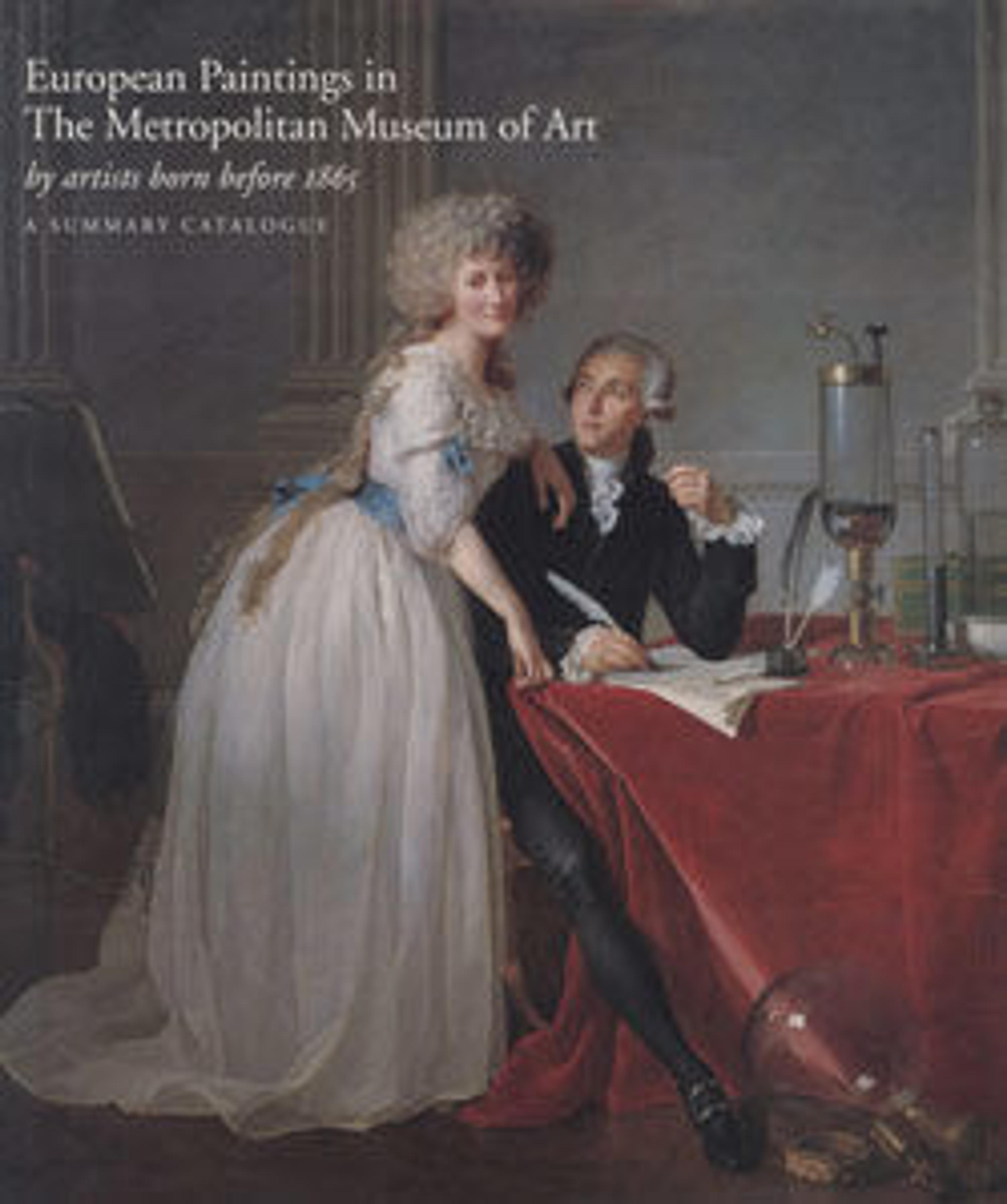The Artist's Cousin, Probably Mrs. William Bell (Mathilde Musson, 1841–1878)
The sitter for this likeness is thought to be Mathilde Musson, one of Degas’s cousins in New Orleans. Degas made a number of pictures featuring Mathilde and her two sisters when he visited the family during the fall and winter of 1872–73. The women can be difficult to tell apart, but the tilt of the head and the intelligent, sidelong gaze seen here closely resemble the figure of Mathilde in another, more finished pastel (Ordrupgaard, Copenhagen). Mathilde was then a new mother, and the artist complained, "to make a cousin sit for you who is feeding an imp of two months is quite hard work."
Artwork Details
- Title:The Artist's Cousin, Probably Mrs. William Bell (Mathilde Musson, 1841–1878)
- Artist:Edgar Degas (French, Paris 1834–1917 Paris)
- Date:1873
- Medium:Pastel on green wove paper, now darkened to brown
- Dimensions:18 5/8 x 15 1/8 in. (47.3 x 38.4 cm)
- Classification:Drawings
- Credit Line:H. O. Havemeyer Collection, Bequest of Mrs. H. O. Havemeyer, 1929
- Object Number:29.100.40
- Curatorial Department: European Paintings
More Artwork
Research Resources
The Met provides unparalleled resources for research and welcomes an international community of students and scholars. The Met's Open Access API is where creators and researchers can connect to the The Met collection. Open Access data and public domain images are available for unrestricted commercial and noncommercial use without permission or fee.
To request images under copyright and other restrictions, please use this Image Request form.
Feedback
We continue to research and examine historical and cultural context for objects in The Met collection. If you have comments or questions about this object record, please contact us using the form below. The Museum looks forward to receiving your comments.
